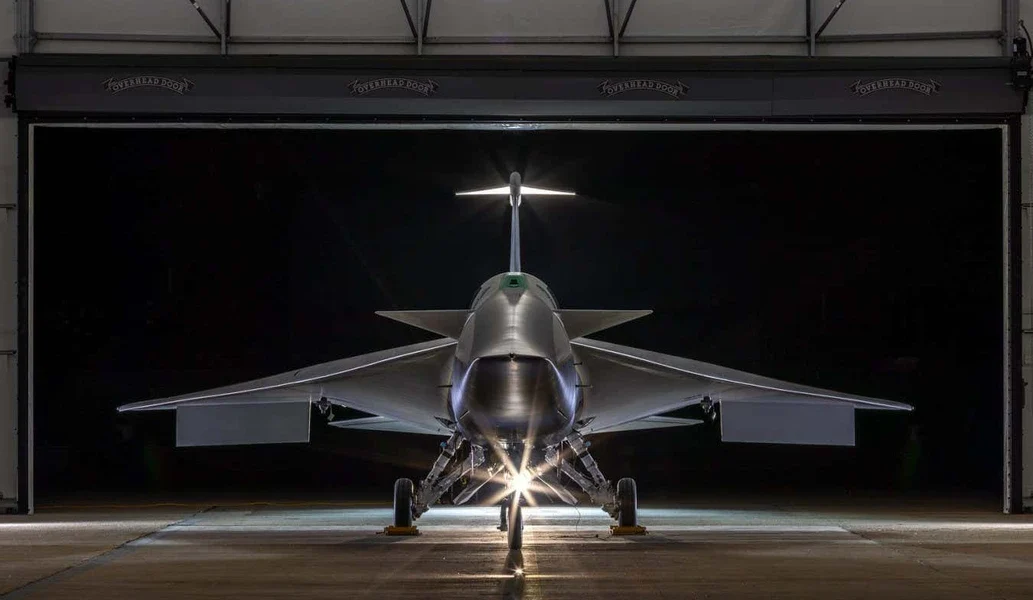nasa Unveils X-59 Plane to Test Supersonic Flight over US Cities
NASA has revealed its groundbreaking X-59 aircraft, which is designed to conduct tests on supersonic flight over major U.S. cities. This revolutionary aircraft, commissioned by NASA and built by Lockheed Martin Corporation, aims to gather crucial evidence that could potentially lead to changes in regulations governing supersonic commercial aviation. At the heart of this project is the ambition to demonstrate that the X-59 aircraft can achieve supersonic speeds while minimizing the disruptive sonic booms that arise from breaking the sound barrier.
The x-59 Aircraft’s Mission
The primary objective of the X-59 aircraft is to assess its capability to fly faster than the speed of sound in a notably quiet manner. This mission takes on crucial significance as it seeks to establish the potential for supersonic commercial aviation to be legally permitted over land. Currently, when conventional aircraft break the sound barrier, they generate powerful shock waves that manifest as a thunderous “sonic boom.” These shock waves have the capacity to disturb and startle both humans and animals. Moreover, they can even cause structural damage, such as shattering windows and triggering car alarms.
The Challenge of Sonic Booms
Aircraft-generated sonic booms have been a significant barrier to supersonic flight over land for decades. Moreover, these disruptive sonic booms have severely constrained the expansion of supersonic commercial aviation. In the past, the now-retired Concorde aircraft, flying at an altitude of 15,000 meters, was especially notorious for producing these unmistakably loud sonic booms. However, NASA’s X-59 project aims to revolutionize this paradigm by addressing the challenge of sonic booms.
Impact on Communities
The adverse effects of sonic booms have often resulted in opposition from communities and regulatory bodies, hindering the progress of supersonic aviation. However, if the X-59 aircraft can demonstrate the ability to fly at supersonic speeds while significantly reducing the intensity of sonic booms, it could pave the way for a transformation in regulations. Consequently, communities might become more open to the prospect of quieter supersonic flights over land.
The Importance of Quiet Supersonic Flight
Quiet supersonic flight holds immense potential in reducing travel times and enhancing connectivity across the globe. If the X-59 aircraft successfully showcases its capacity to operate at supersonic speeds with minimal disturbance to communities below, it could spark a significant shift in the future of commercial aviation. This potential transformation could lead to a new era of efficient, high-speed travel that transcends the current limitations imposed by the disruptive nature of sonic booms.
Technological Advancements in aviation
The emergence of the X-59 aircraft is a testament to the continuous advancements in aviation technology. NASA, in collaboration with Lockheed Martin Corporation, has harnessed cutting-edge engineering and design principles to develop this innovative aircraft. Furthermore, the evolution of supersonic flight technology represents a remarkable achievement in the ongoing pursuit of enhancing air transportation capabilities on a global scale.
Public Perception and Acceptance
One of the critical factors influencing the future of supersonic commercial aviation is public acceptance. With the potential for quieter supersonic flights, communities and regulatory authorities may be more inclined to embrace this revolutionary mode of air travel. If the X-59 aircraft succeeds in demonstrating its ability to mitigate the disruptive impact of sonic booms, it could significantly influence public perception and pave the way for a paradigm shift in the aviation industry.
Economic and Environmental Implications
The advent of quiet supersonic flight could also have profound economic and environmental implications. With reduced travel times and enhanced connectivity, supersonic aviation has the potential to revolutionize the commercial air travel industry. Furthermore, the ability to conduct supersonic flights over land without causing disruptive sonic booms could lead to a substantial reduction in environmental impact, making this mode of travel more sustainable.
Conclusion
NASA’s unveiling of the X-59 aircraft represents a significant step forward in the quest for quiet supersonic flight. The successful testing of this groundbreaking aircraft could ultimately reshape the future of commercial aviation, opening up new possibilities for efficient, high-speed travel. With the potential to alleviate the disruptive effects of sonic booms, the X-59 project has the power to revolutionize the concept of supersonic flight and usher in a new era of air transportation.
Source: newscientist








No Comments